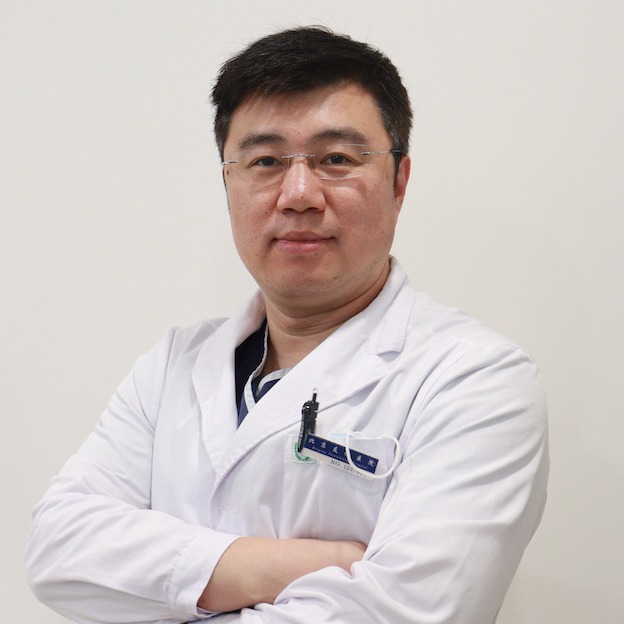What causes uneven skin after liposuction, and what should be done?
Generally, uneven skin surface after liposuction may be caused by individual body constitution, improper post-operative care, uneven fat removal, hematoma, infection, and other factors. It is recommended to seek timely medical advice, and under a physician's guidance, undergo treatments such as general therapy, laser treatment, radiofrequency skin tightening, autologous fat grafting, or medication therapy. Liposuction works by using negative pressure to remove excess body fat, achieving a slimming effect. The reference cost for liposuction is usually between ¥5,000 and ¥10,000 per session. Improvement is typically noticeable 3–5 months after the procedure, although symptoms such as redness, swelling, and pain may occur. Detailed explanations are as follows:
1. Body Constitution
Patients with better physical condition are less likely to experience uneven skin after liposuction. Conversely, those with weaker constitutions may develop unevenness during the recovery phase. It is recommended that patients rest adequately post-surgery and avoid strenuous activity. Laser therapy can also be considered under a physician's advice. Laser treatment stimulates collagen proliferation and remodeling, thereby improving skin smoothness. Its mechanism involves delivering thermal energy to deeper skin layers to promote fibrous tissue contraction and regeneration, gradually smoothing uneven areas. The reference cost for laser treatment is generally between ¥5,000 and ¥30,000 per session. Noticeable improvement is usually seen 1–4 months after surgery, although symptoms such as swelling and bruising may occur.
2. Improper Post-Operative Care
After liposuction, appropriate compression dressing of the surgical site is necessary to reduce bleeding and swelling. Failure to follow proper post-operative care, such as incorrect bandaging or premature removal of dressings, may lead to localized unevenness. Wearing compression garments post-surgery can effectively eliminate cavities in the fatty layer caused by liposuction, allowing the skin flap to adhere closely to the underlying tissue during healing, thus reducing the risk of skin irregularities. Radiofrequency skin tightening may also be used under a physician's guidance. This treatment heats deeper skin layers, stimulating collagen regeneration and contraction, which can improve mild to moderate skin unevenness and enhance skin tightness and texture. The reference cost for radiofrequency skin tightening is usually between ¥1,000 and ¥6,000 per session. Improvement is typically observed 1–3 months post-surgery, although symptoms such as bruising or burns may occur.
3. Uneven Fat Removal
Uneven fat extraction during surgery may lead to skin irregularities. This occurs when not only visible fat but also deeper subcutaneous fat is removed, resulting in an uneven skin surface. Repair may be carried out under medical guidance using autologous fat grafting. In this procedure, a suitable amount of fat is harvested from another part of the body, processed, and then injected into the depressed areas to increase subcutaneous tissue volume and restore skin smoothness. The reference cost for autologous fat grafting is generally between ¥3,000 and ¥10,000 per session. Noticeable improvement is usually seen within 2–4 months after the procedure, although symptoms such as localized swelling, pain, or infection may occur.
4. Hematoma
If surgical technique is improper and local blood vessels are injured during liposuction, hematoma may develop, leading to the aforementioned symptoms. It is recommended that patients follow medical advice and take medications such as Huoxue Zhitong Capsules, Sanqi Tablets, or Xuefu Zhuyu Pills. Additionally, local heat application may help alleviate symptoms.
5. Infection
If wound care is inadequate after liposuction, bacterial invasion may cause wound infection, leading to symptoms such as redness, swelling, and pain. Severe cases may impair wound healing and result in skin unevenness. Patients are advised to follow medical instructions for local disinfection with iodophor and may also take prescribed medications such as Amoxicillin Capsules, Cefixime Capsules, or Levofloxacin Hydrochloride Tablets.
Post-liposuction care should include maintaining wound cleanliness, following a light diet, and removing sutures on schedule. The body is relatively weak during the recovery period after liposuction, so adequate rest and avoidance of fatigue are essential.








